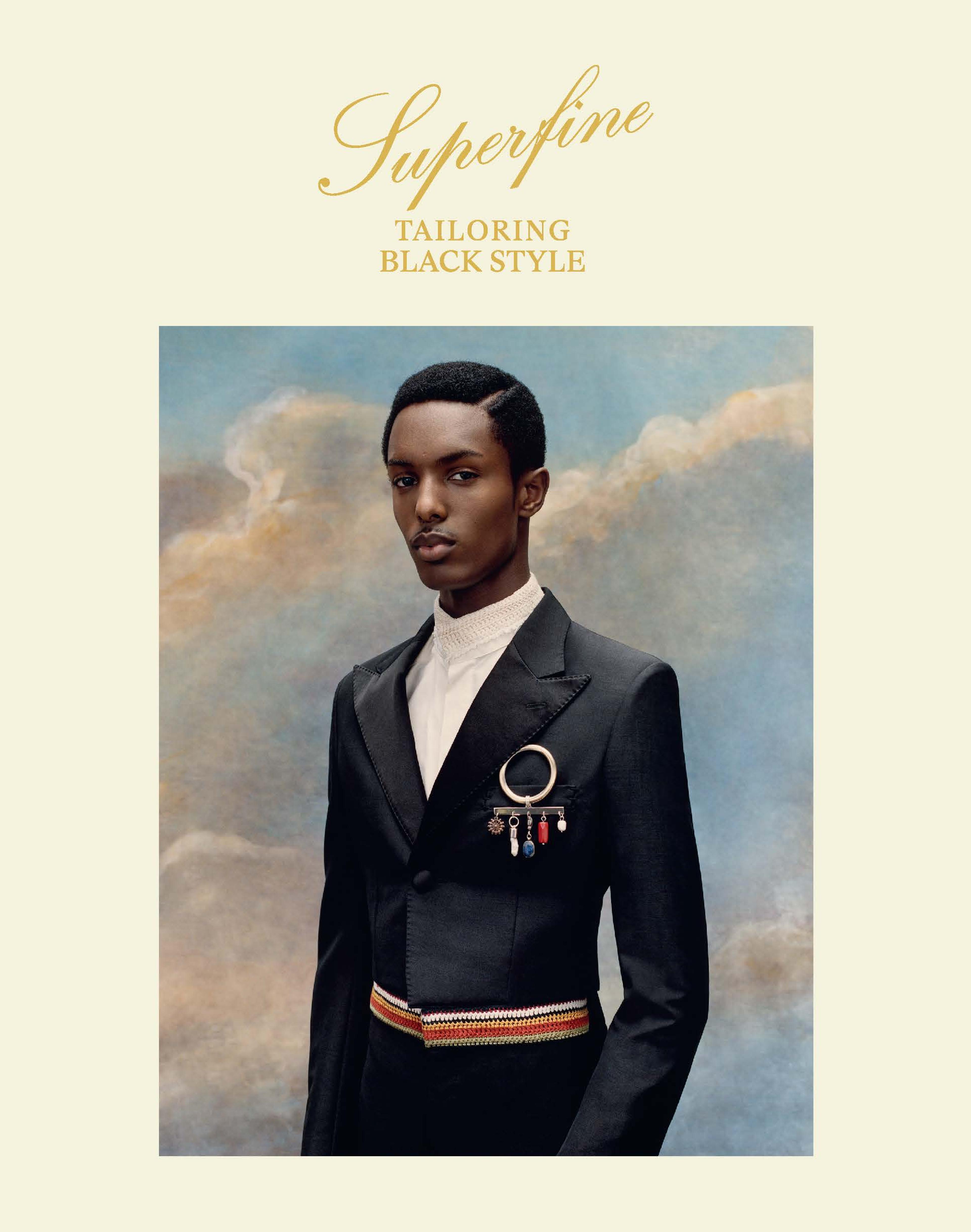Teapot
With the importation into Europe of tea from the Far East, coffee from the near East, and chocolate from the Americas, special vessels for the brewing and serving of these new beverages were required. At first all three of these beverages were regarded as medicinal which limited their popularity and only gradually did these drinks gain acceptance in the home.
Tea drinking was introduced in France toward the end of the seventeenth century. By 1687 silver pots for the serving of tea are listed in the inventory of Louis XIV’s plate. Very few such early French teapots are known to survive other than one marked by the silversmith I.C., Paris of 1699/1700, also in the Met’s collection (48.187.78) In fact, silver teapots are not as common in France as compared to Great Britain, for instance.
This mid-eighteenth-century pear-shaped teapot, is hallmarked in Lille but not dated. The body and lid are divided into eight vertical panels with alternately flat and convex surfaces. The teapot has several unusual features: the spout ends in a spaniel’s head, while the ebony handle is carved in the form of a Black Figure.
The teapot was part of the thematic collection of James Hazen Hyde (1876-1959) consisting of allegorical representations of the Four Parts of the World. Upon his father’s death in 1899, the twenty-three-year-old Hazen Hyde inherited the majority interest in the Equitable Life Assurance Society, then the largest insurance company in the world. False accusations leading to a major Wallstreet scandal which forced him to resign from the company and relocate to France where he began to focus on collecting depictions of The Four Quarters of the World. During his extensive travels, he amassed works on paper, paintings, textiles, ceramics, glass, and precious metal objects evidencing this theme. Pursuant to his Will, his holdings were distributed to four New York Institutions including the Metropolitan Museum of Art.
Tea drinking was introduced in France toward the end of the seventeenth century. By 1687 silver pots for the serving of tea are listed in the inventory of Louis XIV’s plate. Very few such early French teapots are known to survive other than one marked by the silversmith I.C., Paris of 1699/1700, also in the Met’s collection (48.187.78) In fact, silver teapots are not as common in France as compared to Great Britain, for instance.
This mid-eighteenth-century pear-shaped teapot, is hallmarked in Lille but not dated. The body and lid are divided into eight vertical panels with alternately flat and convex surfaces. The teapot has several unusual features: the spout ends in a spaniel’s head, while the ebony handle is carved in the form of a Black Figure.
The teapot was part of the thematic collection of James Hazen Hyde (1876-1959) consisting of allegorical representations of the Four Parts of the World. Upon his father’s death in 1899, the twenty-three-year-old Hazen Hyde inherited the majority interest in the Equitable Life Assurance Society, then the largest insurance company in the world. False accusations leading to a major Wallstreet scandal which forced him to resign from the company and relocate to France where he began to focus on collecting depictions of The Four Quarters of the World. During his extensive travels, he amassed works on paper, paintings, textiles, ceramics, glass, and precious metal objects evidencing this theme. Pursuant to his Will, his holdings were distributed to four New York Institutions including the Metropolitan Museum of Art.
Artwork Details
- Title: Teapot
- Maker: I.M.P.
- Date: mid-18th century
- Culture: French (Jurisdiction of Lille)
- Medium: Silver; ebony
- Dimensions: Height: 7 5/16 in. (18.6 cm)
- Classification: Metalwork-Silver
- Credit Line: Gift of James Hazen Hyde, 1956
- Object Number: 56.176
- Curatorial Department: European Sculpture and Decorative Arts
More Artwork
Research Resources
The Met provides unparalleled resources for research and welcomes an international community of students and scholars. The Met's Open Access API is where creators and researchers can connect to the The Met collection. Open Access data and public domain images are available for unrestricted commercial and noncommercial use without permission or fee.
To request images under copyright and other restrictions, please use this Image Request form.
Feedback
We continue to research and examine historical and cultural context for objects in The Met collection. If you have comments or questions about this object record, please contact us using the form below. The Museum looks forward to receiving your comments.
